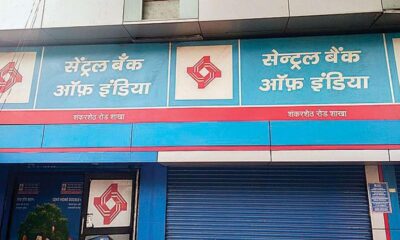Key points:
- As millions of migrant workers fled cities after a federal lockdown was caused by the Covid pandemic.
- On June 20, Prime Minister Narendra Modi kick-started the Bihar task.
- In 125 days, to reach saturation, approximately 25 schemes will be taken together.
- Recent data shows that the rural housing program (PMAY-G) had the maximum number of 25 schemes or 475,692 projects.
- I assume that polls and anecdotal data have indicated that many migrant workers have returned to the cities.
The special mission of the Union government to provide migrant workers with jobs has been able to invest about 78 per cent or Rs 38,921 crore out of its Rs 50,000 crore kitty, prompting a debate whether a significant number of beneficiaries have returned to cities and let go of policy.
Garib Kalyan Rojgar Abhiyaan, the most recent data on the program, also reveals that it produced 473 million days of work, mainly in construction-related activities.
Garib Kalyan Rojgar Abhiyaan:
As millions of migrant workers fled cities after a federal lockdown was caused by the Covid pandemic, the government declared in June that it would frontload funds into 25 existing schemes but also that the “focused campaign” will run for 125 days in project mode over 116 areas in six states to help migrant workers get employment.
The total number of Unemployed Workers:
On June 20, Prime Minister Narendra Modi kick-started the Bihar task. Since the pandemic swept through India, the state has earned the largest the number of migrant workers, 3 million, leaving daily wagers unemployed in major cities.
finance minister Nirmala Sitharaman stated:
In 125 days, to reach saturation, approximately 25 schemes will be taken together. These include Pradhan Mantri Awas Yojana, gram Sadak yojana, Jal Jeevan yojna, etc., said finance minister Nirmala Sitharaman, announcing the mission at a press conference.
According to recent Data:
Recent data shows that the rural housing program (PMAY-G) had the maximum number of 25 schemes, or 475,692 projects, preceded by 156,211 water storage and harvesting activities and 92,158 fibre optic cable laying projects under Bharat Grid.
Of course, the scheme’s success analysis would coincide with the result details of the actual schemes, as it was the nature of this mission to build a special basket of workers from current schemes.
Thus, as the MGNREGS person-days, the employment created under the rural housing scheme will also represent as the latter requires recipients to work for 90 days to create PMAY houses.
The Aim of the Government:
“The government also claimed that” the aims of this 125-day Abhiyaan, with a Rs 50,000 crore financial envelope “are to” provide livelihood opportunities for returning migrants and similarly impacted rural people, saturate public infrastructure villages-Anganwadis, Panchayat Bhawans, Community Sanitary Complexes, etc. “and” Set the stage for improving longer-term livelihood opportunities.
I assume that polls and anecdotal data have indicated that many migrant workers have returned to the cities. The statistics from MGNREGS also reveal that the market for jobs has decreased.
There is ample evidence to believe that there is a decrease in demand for the scheme in these circumstances.
Jugal Kishore Mohapatra Stated:
I would also note, though, that it was a wise choice and the provisioning was good as well. When refugees were urgently returning to their villages at that time, people needed something to hang on to, “said former Secretary of Rural Development Jugal Kishore Mohapatra.
Although anecdotal accounts support the opinion that many refugees have returned to cities, high-frequency employment indices show that the urban work market may not have recovered from the economic crash of the pandemic.
As per the latest RBI Survey:
The new RBI consumer trust survey (September) reveals that expectations of existing urban jobs have begun to deteriorate. While the Purchasing Managers’ Index entered the growth zone in October for both manufacturing and services, companies continued to record a decline.






































